For athletes, used to training day-in-day-out, and constantly working towards the next competition, an injury can often spell a dangerous and damaging time both personally and professionally. The lack of routine incurred by an injury forcing them to the sidelines often can cause a detrimental impact on mental health, and many athletes struggle to adapt to the change of lifestyle. For Swiss snowboarder, Pat Burgener, however, an injury in 2014 allowed him to pursue his second passion: music.
Even before the injury, music had been something that accompanied his snowboarding career. Music is something that is able to transcend the limits of language and enables communication when words fail. When Pat earnt a spot on the Swiss national team at the age of just 14, it was music that allowed his integration into the team. “When I was 14, I started travelling with the Swiss national team and the guys had guitars so I started to play. It was a good way to communicate, it was my way of talking to them because everyone spoke German at that point. It made us connect and feel like they were listening to me. This was the first time that I used music to connect with people.”
Communication Through Music and Sport
The element of connection is something that is central to both Pat’s music and sport. Both bring people together to join a live experience, where the script is not yet written. In the process of coming together to be a part of it, the community aspect is formed, between strangers and friends alike.
“It’s all about creativity. In snowboarding, you always think of new ways to do new tricks. Music is the same, it’s about creating something new and sharing it with people, with an audience. That’s the most beautiful thing about sports and music, it’s that you don’t know what’s going to happen, you can’t expect anything.”
Using ADHD As a Superpower
Pat received his ADHD diagnosis at the age of 10. His parents were advised to put him on Ritalin – a drug used to treat ADHD which can subdue hyperactivity. They instead decided to encourage him to do more sports, where he could safely direct his energy. “Instead of taming the energy, I used it and it was the best way for me to become who I am today. I can do so much now because I use my energy as a superpower.”
And whilst he found it difficult to overcome the barriers to neurodivergent people, which are so prevalent in school and other formal educational settings, he realised he was able to thrive when pursuing two demanding careers, such as sports and music. “Being someone with ADHD, pursuing careers in both music and sports came quite naturally to me. First of all, because I am passionate, and second because you need the extra energy to be able to juggle between two careers. In sports and music, you can create your own world. But I think that the structures of schools can be difficult for neurodivergent people. It is hard to fit in when you think differently.”
The Next Steps
The next big event on the calendar is the Milan Winter Olympics in 2026. He will also be present at the 2024 Olympics in Paris. When big sporting events occur, it seems that so too do the big music moments, as Pat creates upbeat tracks that he can snowboard to. For example, his last participation in the Olympics spurned a collaboration with Kim Churchill: “My experience at the Olympics was incredible, just like a dream. When you start doing any sport, you think: “Am I going to make it to the Olympics one day?”. Being part of it is just beautiful. Your whole family is there, the whole country is behind you so it’s a strong feeling. If I had to choose a song for these moments, it would be “These Dreams” which I wrote with Kim Churchill because he was the artist I was listening to when I was there. After the Olympics, I reached out to him and asked if he would like to write a song together and we did! The song is actually about the important feeling you get after the Olympics, once you sit down and ask yourself: What’s next?!”



